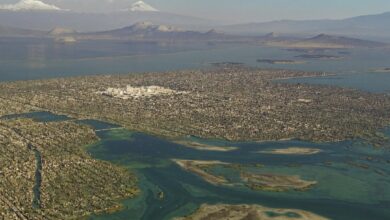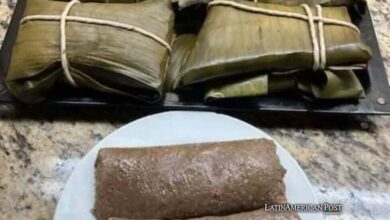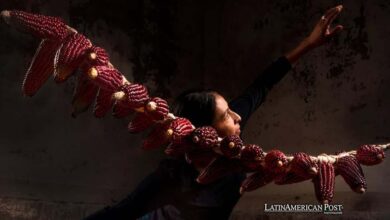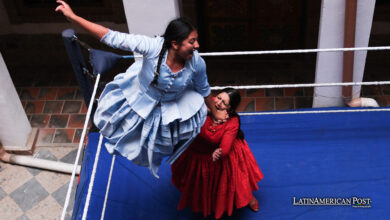Exploring Puerto Rico’s Pre-Hispanic Heritage in Caguana
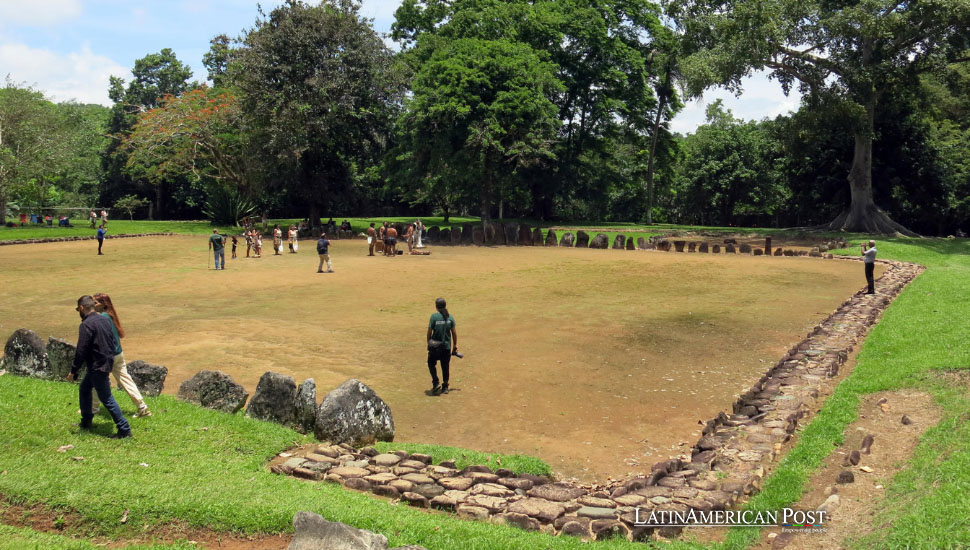
A significant exhibition of pre-Hispanic artifacts, including dujos and cemíes, opens in Caguana’s Indigenous Ceremonial Center, delving deeper into Caribbean history.
In a significant cultural event, the Indigenous Ceremonial Center of Caguana in central Puerto Rico inaugurated an exhibition showcasing prominent pre-Hispanic archaeological artifacts, such as dujos and cemíes. This exhibition, part of a significant curatorial and museographic renovation, features over 200 pieces and represents an investment of over $327,000.
Carlos Ruiz, the Executive Director of the Puerto Rican Institute of Culture (ICP), emphasized the importance of this renewal. “It was essential for the museum area to have a new vision and, simultaneously, a new attraction,” Ruiz explained. The project, initiated two years ago, aims to enhance the understanding and appreciation of Puerto Rico’s Indian history through a carefully selected collection of artifacts.
The exhibit includes cemíes, vessels, and ornaments from the ICP’s collection, the Museum and Center for Humanistic Studies at the Ana G. Méndez University in Gurabo, and the University of Puerto Rico at Utuado. Among these pieces, the pink marble zoomorphic dujo discovered near Lago Dos Bocas is a key highlight. This piece is acclaimed as “the most famous dujo in the Caribbean” by resident archaeologist Reiniel Rodríguez, who curated the exhibit.
Showcasing Historical Riches
The exhibit also features the trigonolito, a cemí known as the Santa Isabel cemí, which Rodríguez describes as “the most emblematic artifact of Puerto Rican archaeology.” These artifacts are closely associated with the ritualistic world, a central aspect of the activities conducted at Caguana.
The exhibition begins with displays of artifacts from the island’s earliest inhabitants, such as the conical manos used to process cultivated products like yuca, sweet potatoes, and corn. Rodríguez emphasized the exhibit’s role in updating the public’s knowledge about Puerto Rico’s indigenous inhabitants and countering misconceptions about their agricultural and ceramic practices.
Investment and Design
The bulk of the investment, over $273,000, was allocated for the design and creation of the museography, overseen by renowned Puerto Rican artist Garvin Sierra. His work ensures the exhibition preserves and vividly presents these historical treasures.
The Caguana Indigenous Ceremonial Center is the most important archaeological site in Puerto Rico and one of the largest in the Antilles. It features the highest number of bateyes (ceremonial plazas) in the Caribbean, with ten spread across seven hectares. These include stone monoliths and petro glyphs, contributing to the site’s historical and cultural significance.
The Caguana site was inhabited for nearly 300 years, from 1200 to 1500 AD, and was abandoned following the Spanish conquest of the island. However, ongoing research aims to determine if the site’s origins date even further.
A Broader Historical Context
The unveiling of this exhibition highlights the importance of preserving and understanding pre-Hispanic history in the Caribbean. The region’s rich cultural tapestry has been woven over millennia, marked by the rise and fall of indigenous civilizations long before European contact.
The Caribbean, known for its vibrant cultures and histories, was home to various indigenous groups, including the Taíno, Carib, and Arawak peoples. These societies had complex social structures, advanced agricultural systems, and rich spiritual lives, evidenced by the artifacts and ruins left behind.
Puerto Rico’s indigenous history is particularly significant. The Taíno, who inhabited the island when Christopher Columbus arrived in 1493, had developed a sophisticated society with elaborate religious and cultural practices. Sites like Caguana offer invaluable insights into their way of life and showcase their artistic and architectural achievements.
Preserving and Promoting Cultural Heritage
Preserving and promoting indigenous heritage sites are crucial for fostering a deeper understanding of the Caribbean’s pre-Hispanic past. Initiatives like the Caguana exhibition play a vital role in this effort, providing educational opportunities and promoting cultural pride among local communities.
There has been a growing recognition of the need to preserve and celebrate indigenous cultures in Latin America and the Caribbean in recent years. Governments, cultural institutions, and communities have been workingto protect archaeological sites, repatriate artifacts, and support the Indigenous cultural revival.
Looking forward, the exhibition at Caguana sets a precedent for future projects to uncover and showcase the region’s rich archaeological heritage. By investing in research, preservation, and public engagement, Puerto Rico and other Caribbean nations can ensure that these invaluable historical narratives are preserved.
Educational and Economic Benefits
Beyond cultural preservation, such initiatives have educational and economic benefits. They provide unique learning experiences for students and researchers, attract tourism, and stimulate local economies. By highlighting the region’s indigenous heritage, these projects foster a greater appreciation for the diverse cultural landscape of Latin America and the Caribbean.
The new exhibition at the Caguana Indigenous Ceremonial Center marks a significant step in preserving and promoting Puerto Rico’s pre-Hispanic history. By carefully selecting and displaying over 200 artifacts, the exhibition offers a comprehensive look into the island’s rich cultural past. This initiative educates the public and reinforces the importance of protecting and celebrating indigenous heritage.
Also read: Jennifer Lopez to Bring Bob the Builder to Puerto Rico in Film Collaboration
As Puerto Rico continues to explore and share its historical treasures, it contributes to a broader understanding and appreciation of the Caribbean’s diverse and dynamic history. The investment in Caguana’s exhibition is a testament to the enduring value of cultural preservation and its vital role in shaping a collective identity and heritage for future generations.

